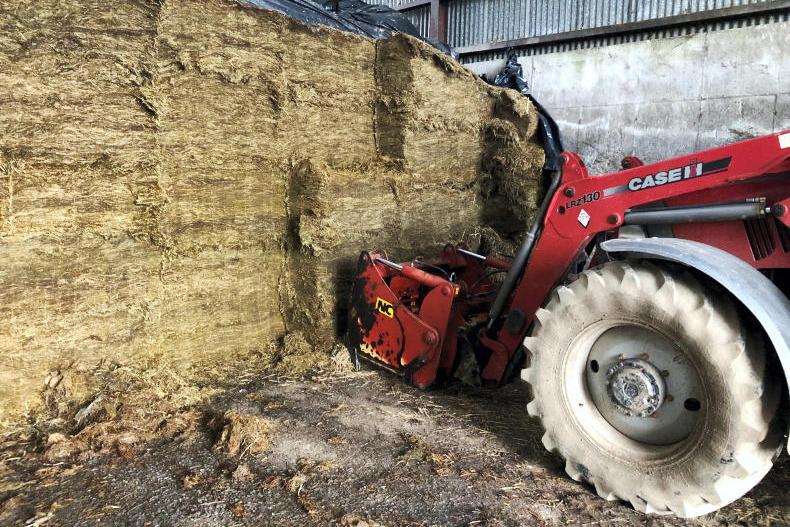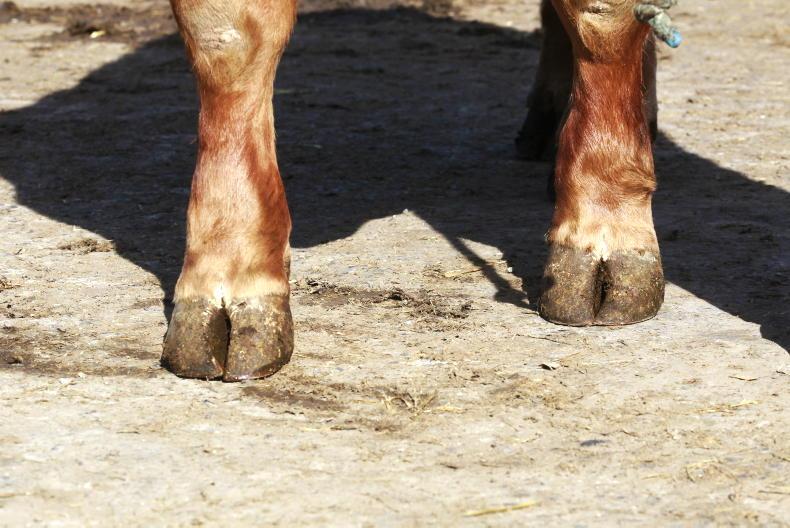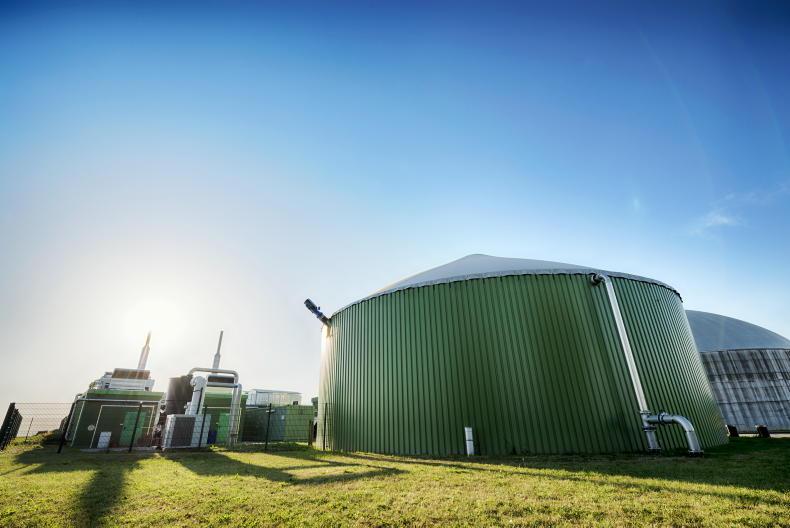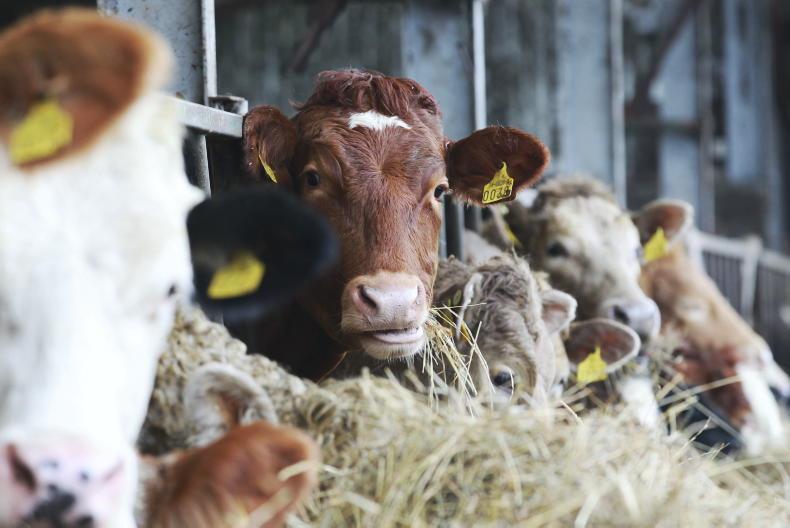The start of January is a good time to assess how much fodder remains on farm.
Is there enough silage in reserve in the event of a wet, cold spring delaying turnout?
Completing a fodder budget now will give a good indication on fodder reserves. Outlined are five steps to completing a fodder budget.
Online budgeting
A fodder budget can be carried out online here.
Measure the clamp
Alternatively, do it manually by measuring the length, width and average height of the clamp in metres.
Multiply the three measurements to get cubic capacity. To convert to tonnage in freshweight, multiply by 0.6 for silage at 30% dry matter.
Count up silage bales
Count up all round bales and multiply by 0.85 to get the tonnage, then add to the pit silage. Combine this figure with clamp silage to get the total tonnage on farm.
Cattle demand
Next, work out how much forage cattle will eat over a typical winter on farm. Dry spring-calving cows will eat close on 1t of silage every month. A lactating suckler cow will eat closer to 1.5t/month.
Weanlings and light stores are likely to eat around 0.6t to 0.75t/month. Add in an extra month for safety against early housing or a late spring turnout.
Taking action
If fodder stocks exceed cattle demand, there is enough forage on farm to last until turnout. But if demand exceeds fodder reserves, then take steps to make up the shortfall.
Read more
Winter feed – your queries answered
Managing the creep pen for calves
The start of January is a good time to assess how much fodder remains on farm.
Is there enough silage in reserve in the event of a wet, cold spring delaying turnout?
Completing a fodder budget now will give a good indication on fodder reserves. Outlined are five steps to completing a fodder budget.
Online budgeting
A fodder budget can be carried out online here.
Measure the clamp
Alternatively, do it manually by measuring the length, width and average height of the clamp in metres.
Multiply the three measurements to get cubic capacity. To convert to tonnage in freshweight, multiply by 0.6 for silage at 30% dry matter.
Count up silage bales
Count up all round bales and multiply by 0.85 to get the tonnage, then add to the pit silage. Combine this figure with clamp silage to get the total tonnage on farm.
Cattle demand
Next, work out how much forage cattle will eat over a typical winter on farm. Dry spring-calving cows will eat close on 1t of silage every month. A lactating suckler cow will eat closer to 1.5t/month.
Weanlings and light stores are likely to eat around 0.6t to 0.75t/month. Add in an extra month for safety against early housing or a late spring turnout.
Taking action
If fodder stocks exceed cattle demand, there is enough forage on farm to last until turnout. But if demand exceeds fodder reserves, then take steps to make up the shortfall.
Read more
Winter feed – your queries answered
Managing the creep pen for calves









SHARING OPTIONS